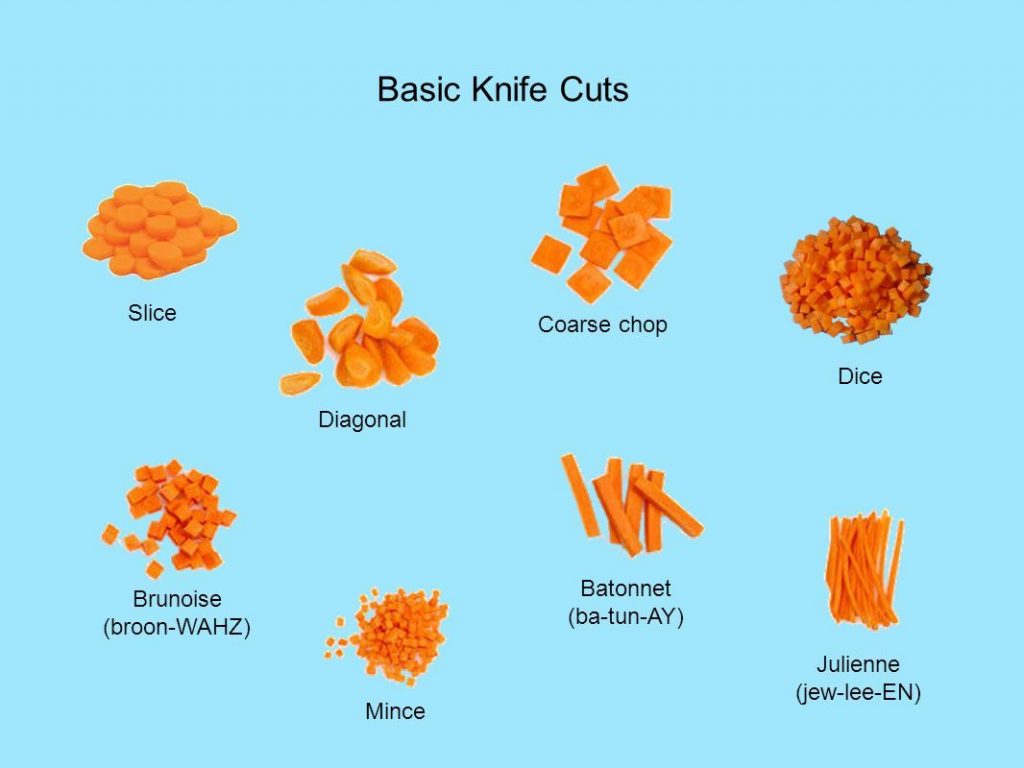
Herb-Roasted Turkey Breast
Serves 6
Time: 1 hour
Ingredients
1-whole bone-in turkey breast, 3 pounds
1 small onion (diced)
1 tablespoon minced garlic (3 cloves)
1 ½ teaspoon of dry mustard
1 tablespoon chopped fresh sage leaves
1 teaspoon chopped fresh thyme
1 teaspoon salt
1 teaspoon ground black pepper
2 tablespoons olive oil
2 tablespoons olive oil
1 cup chicken stock
Directions
- Preheat the oven to 375 degrees F. Place the turkey breast on a cutting board and cut it in half. Place both halves in a roasting pan.
- In a small bowl combine, garlic, onion, mustard, herbs, salt, pepper, olive oil, and lemon juice. Smear the paste onto the turkey evenly. Pour chicken stock into the bottom of the roasting pan.
- Roast the turkey for 1 hour, until the thermometer registers 165 degrees when inserted into the thickest and meatiest part of the breast.
- When the turkey is done allow to rest at room temperature for 15 minutes.
- Slice and serve!
Turkey Gravy
Serves 8
Ingredients
Turkey drippings from the pan or chicken stock (2 cups)
½ cup all-purpose flour
2 tablespoons butter
½ tablespoon thyme
½ tablespoon white pepper
½ tablespoon salt (feel free to add more salt if needed)
Directions:
- Add butter into a pan and make a roux- sprinkle flour into the pan and cook while stirring constantly with a wooden spoon until the flour browns slightly, about 4 minutes.
- Gradually add the drippings or chicken stock to the roux while constantly whisking to prevent lumps.
- Add the spices/herbs
- Let it simmer, whisking occasionally until the gravy thickens.
Lemon Butter Green Beans
Serves 4
Time: 17 minutes
INGREDIENTS
- 1 lb. green beans
- 1 Tbsp butter
- 1 lemon
- Salt and Pepper to taste
INSTRUCTIONS
- Use a zester or small-holed cheese grater to remove the thin layer of yellow zest from the lemon. Set the zest aside. Remove the stems from the green beans and, if you prefer shorter pieces, snap them in half. Place green beans in a colander and rinse well with cool water.
- Transfer the rinsed green beans to a deep skillet. Add about one inch of fresh water (the water will not cover the beans). Place a lid on the skillet and turn the flame on to medium-high. Allow the water to come up to a boil. Let the beans simmer and steam for 3-5 minutes, or just until the beans are bright green and just slightly tender. Test the texture with a fork.
- Once the green beans are bright green and slightly tender, turn off the heat and drain them in a colander. Return the drained green beans to the still-warm skillet with the heat turned off.
- Add the butter, about 1/2 tsp of lemon zest, a quick squeeze of lemon juice (about 1 tsp), a pinch of salt, and some freshly cracked pepper. Toss the green beans to distribute the seasonings and allow the residual heat to melt the butter
- When the butter has melted fully, taste the green beans and add more salt, pepper, lemon juice, or lemon zest to your liking. Serve immediately.
Cranberry sauce
Total time: 37 minutes
1. Empty a 12-ounce bag of fresh or frozen cranberries into a saucepan and transfer 1/2 cup to a small bowl.
2. Add 1 cup sugar, 1 strip orange or lemon zest and 2 tablespoons water to the pan and cook over low heat, stirring occasionally, until the sugar dissolves and the cranberries are soft, about 10 minutes.
3. Increase the heat to medium and cook until the cranberries burst, about 12 minutes. Reduce the heat to low and stir in the reserved cranberries.
4. Add sugar, salt, and pepper to taste and cool to room temperature before serving.







